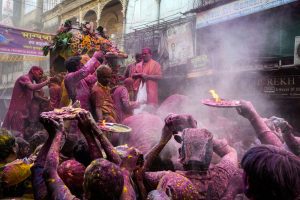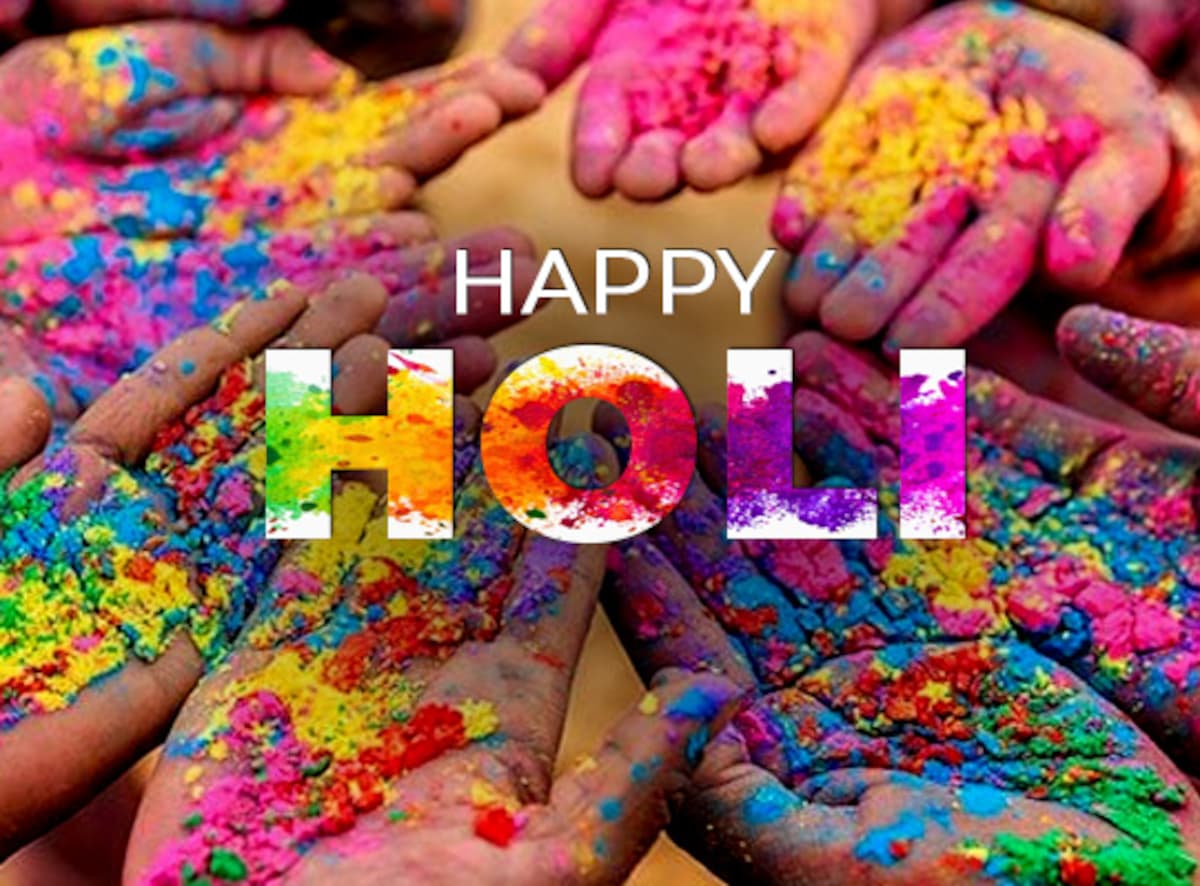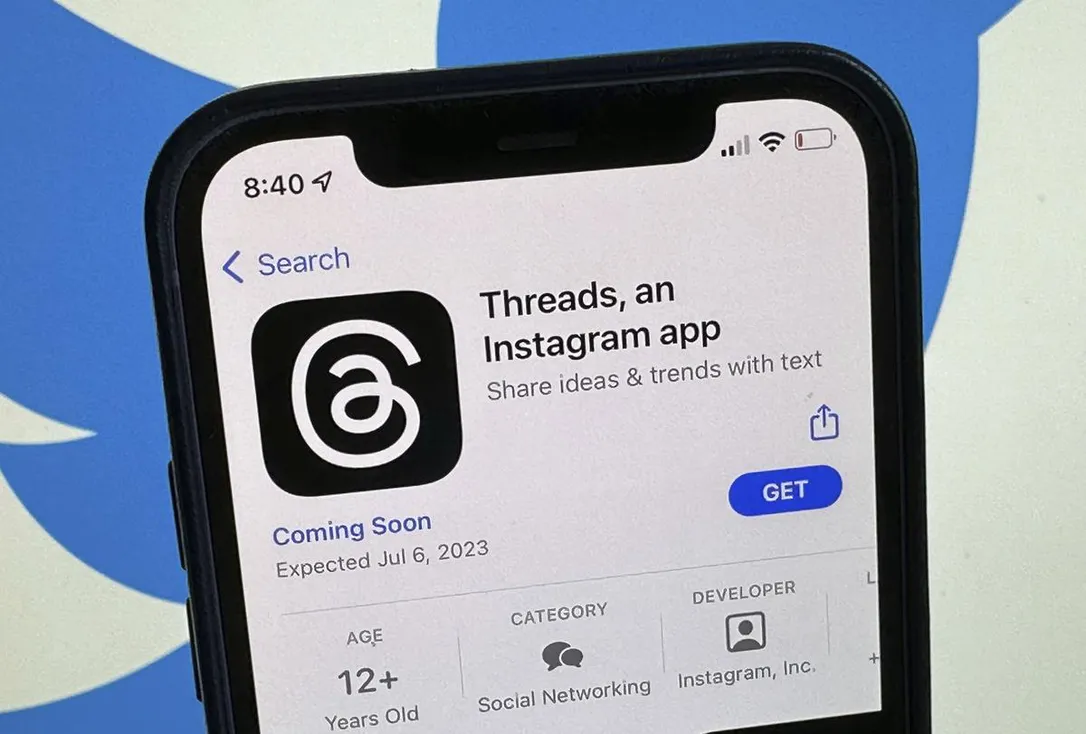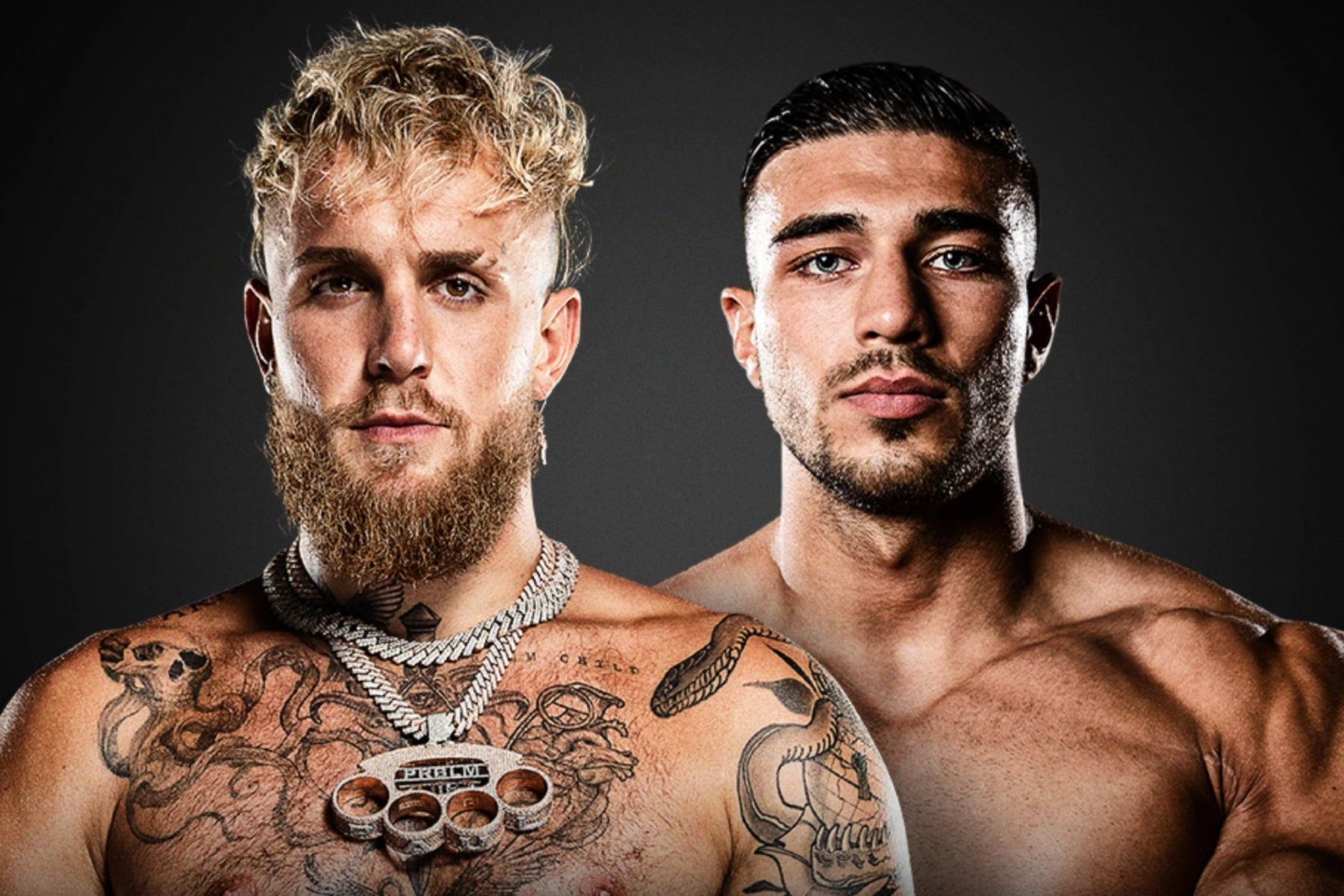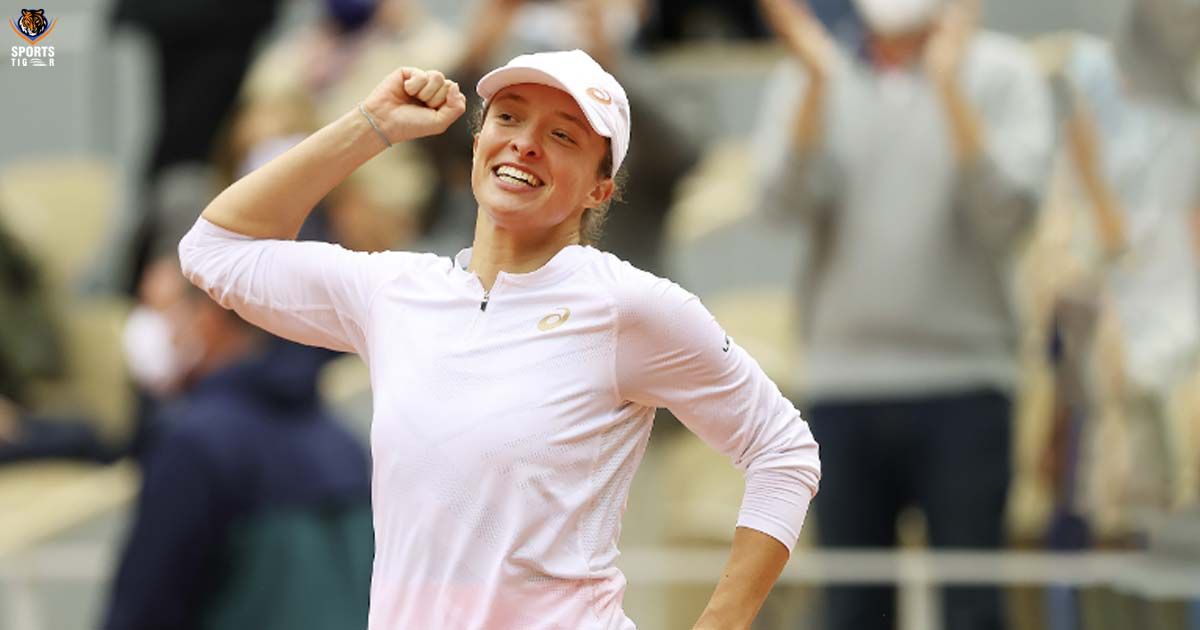Last Updated on June 29, 2024 by
The Holi festival is currently being celebrated by millions of people in India, as they come together to dance, sing, and spread joy in the streets. With COVID-19 restrictions being lifted after two long years, people are enjoying the freedom of not having to wear masks and are happily drenching each other in coloured water. This Hindu festival, which is one of the most popular in India, is celebrated by smearing each other with green, yellow, and red colours, exchanging sweets, and enjoying bonfires made from logs of wood.
Holi has great significance for Hindus as it celebrates the divine love between the Hindu god, Krishna, and his consort, Radha, as well as marking the beginning of spring. The festivities are not limited to just homes and streets, as Bollywood celebrities and other famous personalities host Holi bashes for their friends and share their photos on social media.
Holi traditions vary across India, and some involve playful rituals such as women playfully hitting men with wooden sticks in response to their teasing. Drinking is also a part of the celebrations, with record liquor sales reported in New Delhi. The Times of India newspaper reported that 2.6 million bottles were sold on a single day, compared to the average of 1.1 million bottles. All in all, Holi is a time for joy, love, and celebration across India, with people of all ages and backgrounds coming together to make the most of this colourful festival.
Holi is a festival that is celebrated with great enthusiasm and energy across India. The festival typically falls in late February or early March and lasts for a day or two, depending on the region. During this time, people forget all their differences and come together to celebrate the festival of colours. The festival has its roots in Hindu mythology and is celebrated to commemorate the victory of good over evil.
The festival of Holi is celebrated in different ways across India, and each region has its unique customs and traditions. For example, in the north of India, people celebrate Holi by lighting bonfires, while in the south, people perform the Holika Dahan ritual, where they burn effigies of the demoness Holika.
The festival of Holi is also associated with the Hindu god, Krishna, and his consort Radha. According to mythology, Krishna used to play Holi with Radha and her friends in the forests of Vrindavan. The festival is a celebration of the divine love between the two and is marked by the throwing of colours, singing, and dancing.
During the festival, people smear each other with coloured powder and water. The colours used during the festival are made from natural sources such as flowers and herbs. In addition to playing with colours, people also exchange sweets and snacks with each other. Many households prepare special dishes such as gujiyas and mathris during the festival.
Apart from being a religious festival, Holi is also a time for people to socialize and strengthen relationships. Friends and families come together to celebrate the festival, and it is a time when people forgive each other and start afresh.
Drinking is part of the celebrations. New Delhi reported record liquor sales on Monday, a whopping 2.6 million bottles sold on a single day, compared with an average of 1.1 million bottles, according to The Times of India newspaper.
In recent years, Holi has gained popularity outside India, and many countries with significant Indian populations celebrate the festival. In some parts of the world, the festival is called the “Festival of Love” or the “Festival of Colours.”
Overall, the festival of Holi is a time for joy, happiness, and celebration. It brings people together and allows them to forget all their worries and enjoy the moment. The festival is a celebration of life and love, and it is no wonder that it is one of the most popular festivals in India.
